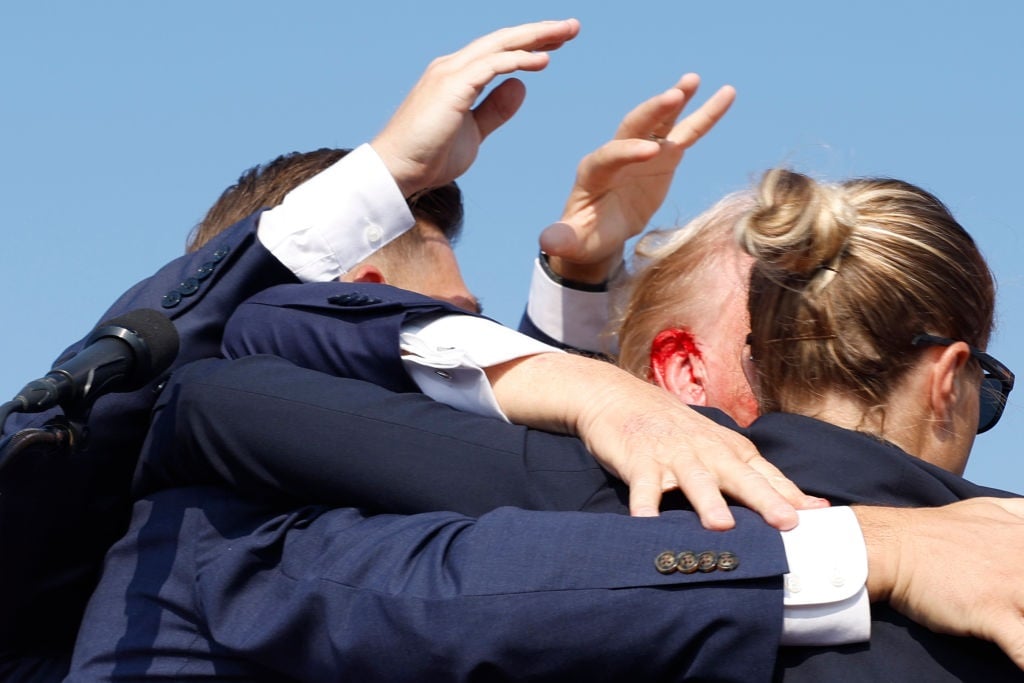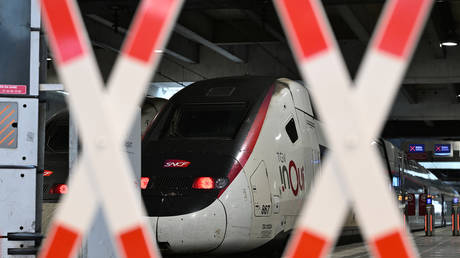Every year in March Eritrea commemorates three major events that have played a decisive role in achieving Eritrea’s independence and in its preservation. The fight for the liberation of Nakfa (23rd March 1977) and the demise of Nadew command that led to the liberation of Afabet (19th March 1988) were both decisive military engagements that helped win the struggle for independence while the battle of Egrimekel (14-16 March 1999) helped defend Eritrea’s sovereignty.
On 23rd March, the 47th anniversary of the liberation of Nakfa was celebrated at Fernielo trenches, some 15 Km south of Nakfa town. The event was attended by Mrs. Luul Gebreab, Minister of Labor and Social Welfare, and some members of her staff, Mrs. Asmeret Abraha, administrator of Northern Red Sea region, Mr. Rezene Adonay, PFDJ head of the Northern Red Sea region, religious leaders, veteran freedom fighters and members of the Eritrean Defence Forces and residents of Nakfa and its environs. The event was made colorful with the poetry recitals, plays, and dances performed by students from the Nakfa subzone.
Mohammed Nur Idris, a veteran freedom fighter who had lost his leg in the fight for the liberation of Nakfa, shared his memories with the audience. He said we, Eritreans, paid the highest sacrifice in the 20th and 21st centuries to first achieve our inalienable rights to independence and later to protect our hard-won sovereignty and territorial integrity. In this sense, we have indeed contributed a lot in the quest of humanity for liberation and dignity. Mrs. Asmeret Abraha, also shared her personal experience at Nakfa Front and called upon the youth to deepen their knowledge of the history of Eritrea’s struggle and uphold the values that have helped realize the dreams and aspirations of the Eritrean people. In his speech at the official opening of the ceremony, Mr. Yacob Idris, administrator of the Nakfa subzone, explained the historical meaning of the trenches and expressed his appreciation to the residents of Nakfa for paving the road to the trenches.
The consequences of war are vividly visible in what was once the Nakfa front. What used to be battlefields and trenches in and around Nakfa are now open-air museums, testimonials to the heroic deeds of Eritrean freedom fighters who foiled successive enemy offensives for ten years and defended Nakfa and the revolution.
During the armed struggle, a lot of fighting took place on the right and left wings of the Nakfa trenches that stretch for 180 Km. Many trenches and battlefields were given names by the freedom fighters during the struggle, and in many instances, the names served as metaphors that reflected the events of the day. The names of the trenches in Nakfa Front such as Denden, Fernielo (brazier), Volleyball, Rigole (penalty kick), Nakura (the harshest prison under Italian colonization), Taba Wifuyat (the mountain of the devoted), Enda Siga (butcher’s shop), Taba Bilhat (mountain of ingenuity), Sulphur, and Hamukushti (ash) are indicative of the meanings and history associated with the places.
Administrators of the Nakfa subzone decided to celebrate the 47th liberation of Nakfa at Farnielo, one of the most well-known trenches on the Nakfa Front. The trench was named Farnielo by freedom fighters to indicate the intensity of enemy bombs that turned it into an inferno. In Eritrean society, Farnielo is used for cooking and warming a room. Visiting Nakfa, and especially Farnielo, for the celebration of its liberation is a moving experience. The well-constructed trenches, burned tanks, and debris of guns conspire to recreate the past.
The battle for the liberation of Nakfa that lasted for six months (September 1976-March 1977) was a turning point in the war for the liberation of Eritrea. It was at Nakfa that the Eritrea People’s Liberation Army (EPLA) won a decisive victory by defeating the Ethiopian colonial army and liberating the very first provincial town. After the liberation of Nakfa, Ethiopian forces were driven out of the Sahil region, which later became the rear base of the EPLF. Once defeated, the Ethiopian army was never able to set foot on Nakfa despite its numerous large-scale military campaigns. And Nakfa remained a beacon of hope for Eritreans to carry on with their struggle knowing fully well they would eventually liberate the whole country.
Remembering and commemorating the past is an essential part of the present, and that is how the new generation can inherit what is passed down by previous generations. Without memory, our identity and history are lost. It is through our memory that we can cherish our history, culture, and values that reinforce our sense of belonging and identity. Remembering and celebrating the history of the battlefields at Nakfa Front, North Eastern Sahil Front, Halhal Front, and others is one way to ensure that the history is tied to the Eritrean identity.
The landscapes in Nakfa, such as the trenches, are laden with the history of the Eritrean revolution and, therefore, are iconic national treasures that have to be preserved.





+ There are no comments
Add yours